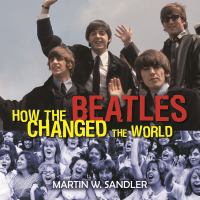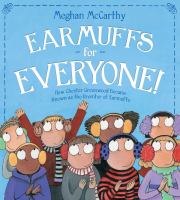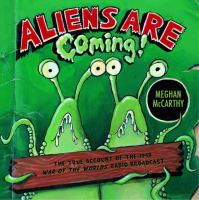The Great Molasses Flood
 If you go to Langone Park, a waterfront park in the North End of Boston, be sure to look for a plaque that reads
If you go to Langone Park, a waterfront park in the North End of Boston, be sure to look for a plaque that reads
Boston Molasses Flood
On January 15, 1919, a molasses tank at 529 Commercial Street exploded under pressure, killing 21 people. A 40-foot wave of molasses buckled the elevated railroad tracks, crushed buildings and inundated the neighborhood. Structural defects in the tank combined with unseasonably warm temperatures contributed to the disaster.
Try to imagine what happened on that day. A tank, 50 feet tall and 90 feet in diameter, containing about 2,300,000 gallons of molasses, collapsed. The molasses came out of the tanks in waves. At the peak of this accident, the waves of molasses rose up as much as 25 feet and traveled at 35 miles per hour, covering everything in their wake with a brown sticky substance. Buildings near the tank were knocked off their foundations and destroyed. Girders that were part of an elevated subway structure were bent and distorted. The buildings and train structure represented the material damage. The human toll was even sadder. There were the 21 people who died, and at least 150 others were injured. Many horses, dogs and cats also perished.
Many in the city rushed to the rescue – cadets from a training ship, the Boston Police, workers from the Red Cross, the Army, and the Navy. The cleanup took weeks in the city of Boston, but it took much longer to get rid of the molasses that had been tracked to other locals.
The Great Molasses Flood by Deborah Kops (Charlesbridge, 2012)
For adults: Dark Tide: The Great Boston Molasses Flood of 1919 by Stephen Puleo, an historian and Boston Globe reporter, wrote (Beacon Press).















